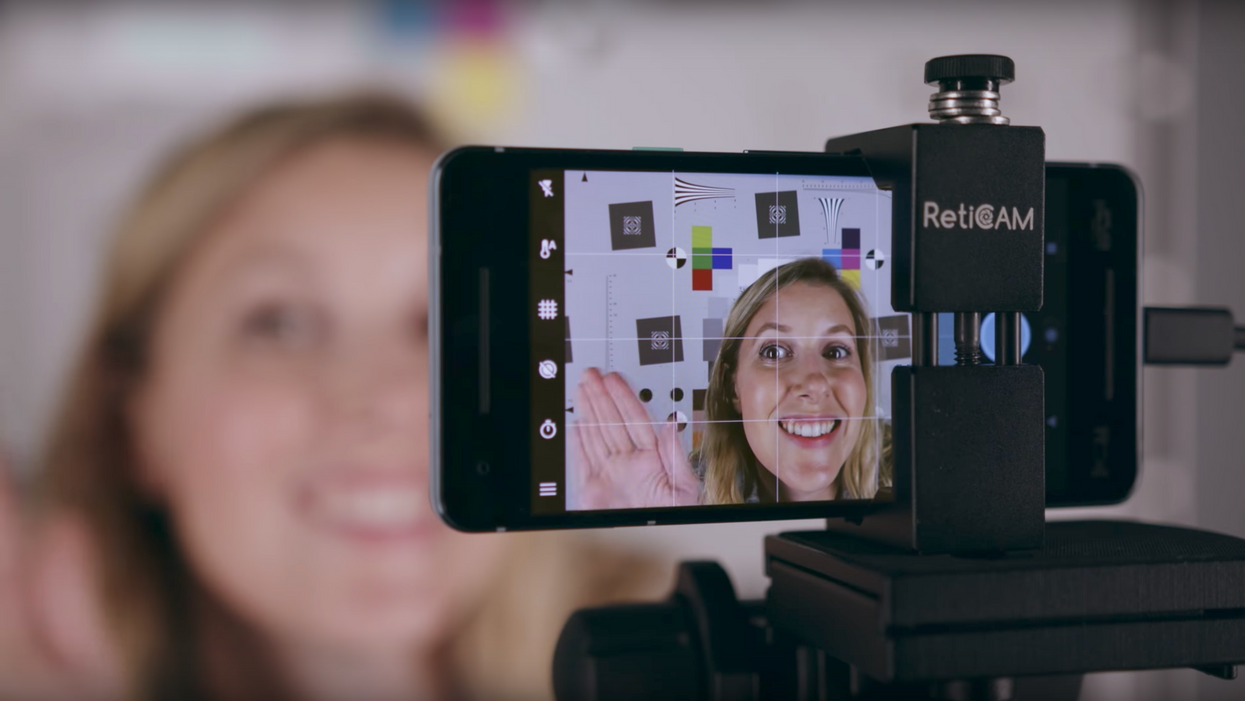Watch: Go Behind the Scenes to Learn How Google Designed the Pixel 2's Camera
Find out how engineers at Google designed one of the best smartphone cameras on the market.

Google's highly anticipated smartphones, Pixel 2 and Pixel 2 XL, are nearing their November 19th release date and though they come with some impressive features, like 5" and 6" 1OLED display and built-in Google Lens (which is so friggin' cool), one of their best features is the beefed-up camera. DxOMark has given it a score of 98, making it officially the top-performing smartphone camera that it has ever tested.
So, what's underneath the hood of Pixel 2 and Pixel 2 XL's camera? Well in this video by Nat of Nat and Friends, who is also a Google employee, takes you inside her employer's headquarters to learn about how the company engineered its mobile device to make one of the best smartphone cameras on the market.
According to Google's Computational Photography Team Lead Mark Levoy, the Pixel 2 camera is a stack of six "weirdly shaped" lenses that correct for aberrations and distortions, all of which take up space about the size of a blueberry. The Pixel 2 lens was also designed with a motorized piece of hardware that is wrapped around it to not only allow users to focus in and out but to also provide image stabilization.
HDR+ and Portrait mode allow users to shoot with better dynamic range and shallower depth of field thanks to its impressive dual-pixel sensor and image processing algorithms. Google's complex algorithm, which combines up to 10 images to give you both the light and dark parts, gives users more latitude when shooting in low-light situations. To give users the look of shallow depth of field in Portrait mode, they use both machine learning and depth mapping, which essentially means that the algorithm is able to recognize the difference between foreground and background elements, effectively creating a mask which tells it which pixels to make sharp and which ones to make blurry.
Nat, along with her friend and former YouTube co-host Lo (the channel was formerly known as Nat and Lo), took the Pixel 2 and Pixel 2 XL on a road trip to test out the capabilities of the camera. Here's what they found.
So, what does all of these mean? Should Apple customers go out and trade their iPhones in for the Pixel 2? I mean, if having arguably the best smartphone camera is that important to you, then maybe so. But assuming people don't tend to buy smartphones for their cameras I'm guessing this is more of a food for thought moment for us all, but it is fascinating to learn how any camera manufacturer designs its cameras, especially when the camera is the size of a blueberry.
Source: Nat and Friends














